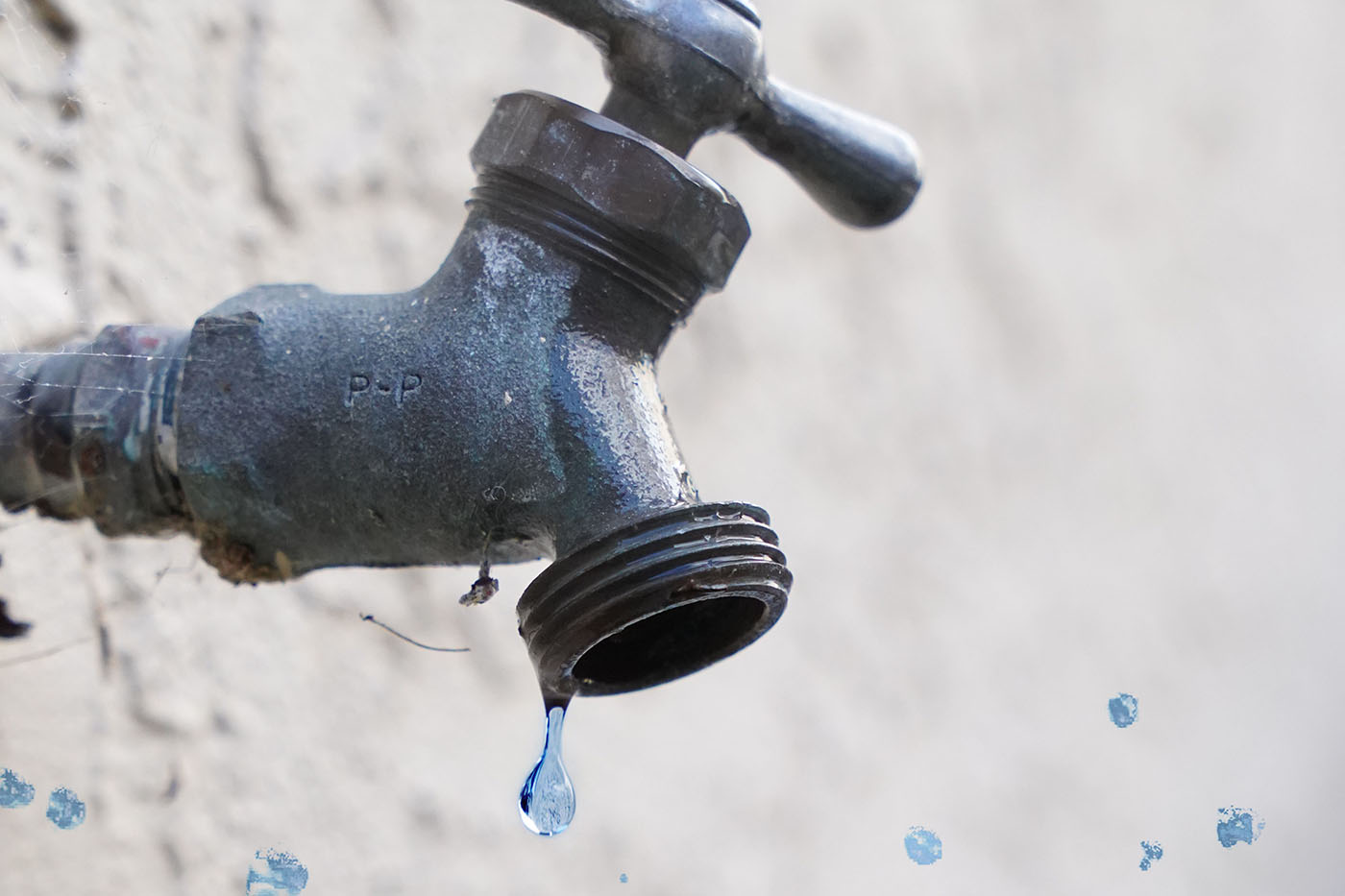In 2018, the City of San Luis Obispo found Cal Poly significantly violated the Wastewater Pretreatment Standards mandated by the city.
All of the wastewater generated on campus is treated at the city’s Water Resource Recovery Facility, and because Cal Poly is categorized as a Significant Industrial User of the city’s water, they have the permit to discharge their wastewater into the city’s treatment system.
The city tests the wastewater for nine pollutants, including ammonia. Cal Poly’s wastewater violation regarded an excessive discharge of ammonia, exceeding the local limits.
According to University Spokesperson Matt Lazier, the excess of ammonia in the university’s wastewater is a result of the water conservation efforts being made on campus.
“Cal Poly has been a leader in investing in water conservation, and these efforts resulted in our wastewater exceeding current ammonia concentration limits,” Lazier wrote in an email to Mustang News.
Director of Environmental Health and Safety David Korpan said the plumbing fixtures across campus have been retrofitted to low flow and high efficiency models, causing higher concentrations of ammonia from human waste.
“Unfortunately, increased ammonia concentrations are likely to continue because the campus is discharging less water than it used to,” Korpan said.
The high levels of ammonia concentration are likely to increase as Cal Poly’s population of students living on-campus increases, causing the majority of the wastewater produced to be from domestic rather than industrial use.
While the amount of ammonia in Cal Poly’s wastewater is not likely to decrease, the university is planning to work with the city so they can continue to prioritize water conservation.
“Cal Poly is currently working with the city to evaluate changing the wastewater permit to allow for an increase in ammonia limits so we can continue to conserve water,” Korpan said. “Stewardship of Cal Poly’s public lands is a priority and we remain committed to resolving issues that may impact the environment.”

